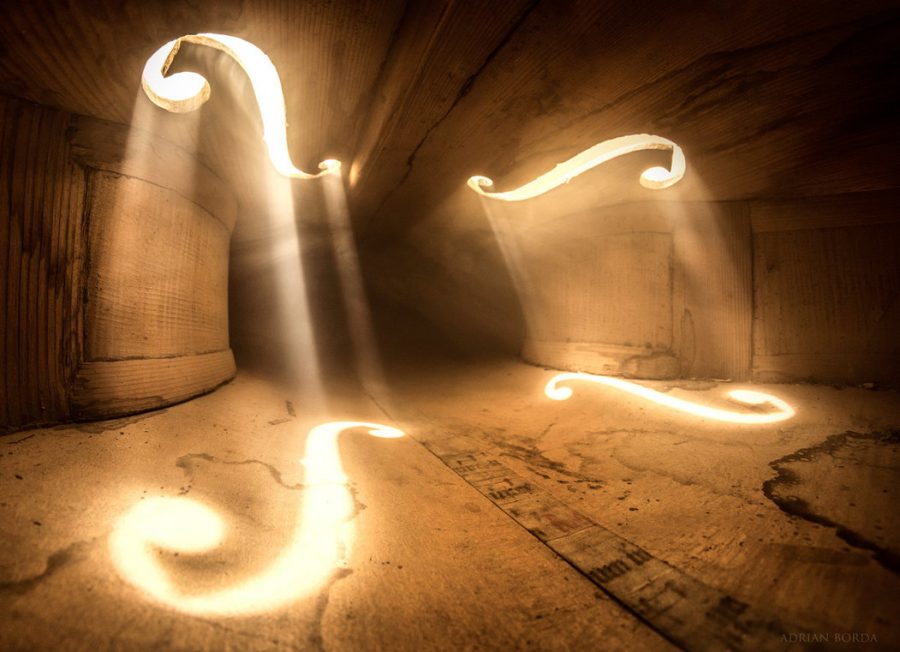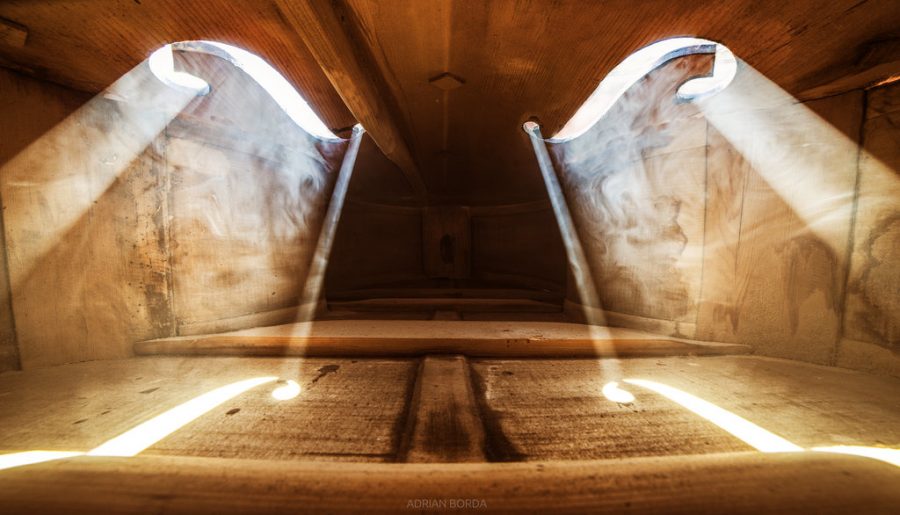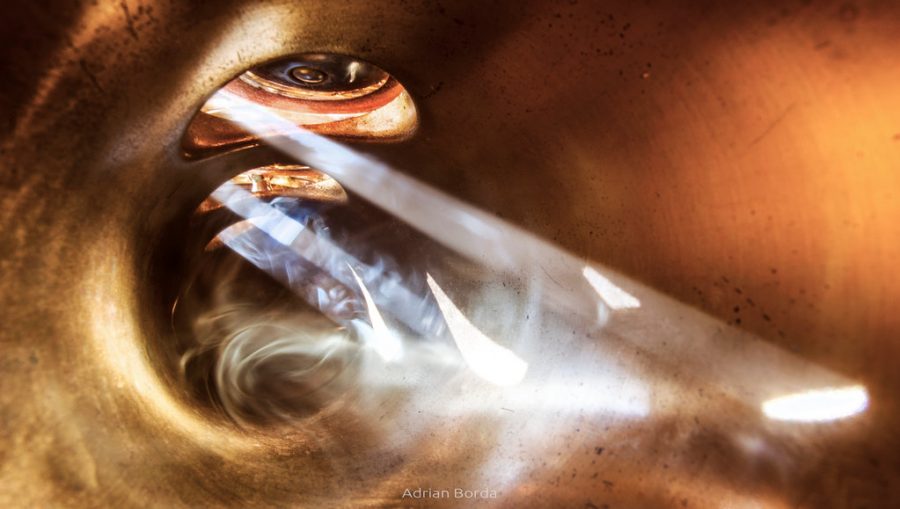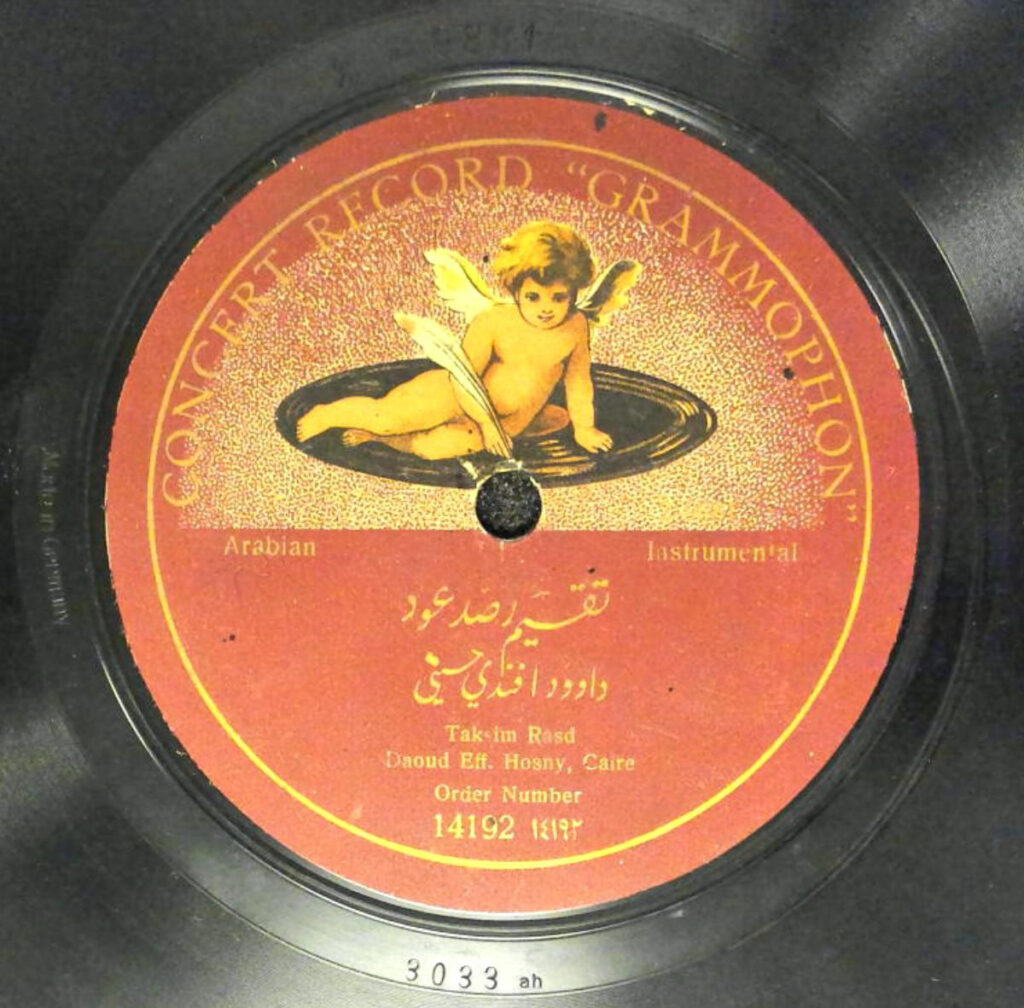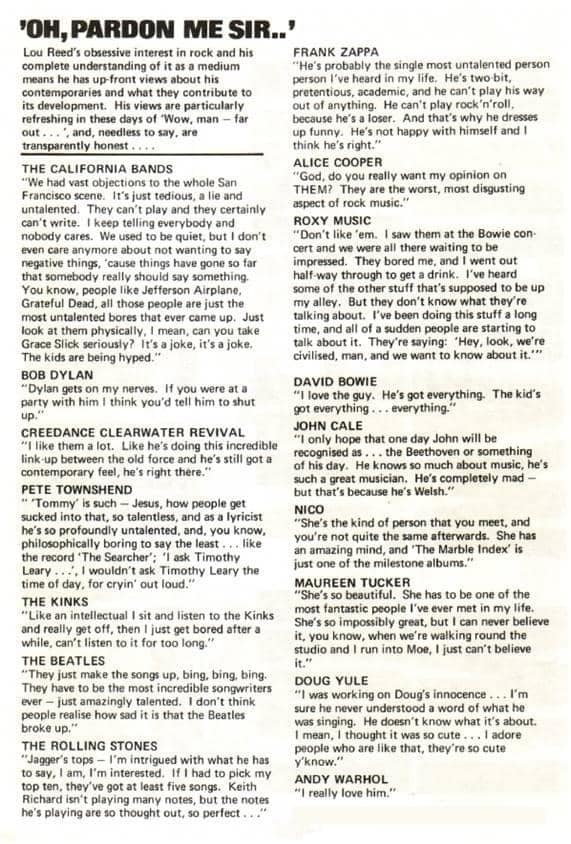More than two decades ago, New Yorker music critic Alex Ross published a piece on Bob Dylan in what many would then have considered his “late” period. “In the verbal jungle of rock criticism, Dylan is seldom talked about in musical terms,” Ross writes. “His work is analyzed instead as poetry, punditry, or mystification.” Despite having long possessed exalted cultural status, and been subject to the attendant intensity of scrutiny and exegesis that comes along with it, “Dylan himself declines the highbrow treatment — though you get the sense that he wouldn’t mind picking up a Nobel Prize.” As it happened, he picked one up seventeen years later, in a clear institutional affirmation of his work’s being, indeed, literature. But what (as many have asked about the work itself) does that mean?
In the video essay at the top of the post, Evan Puschak, better known as the Nerdwriter, examines Dylan’s literary powers through the microcosm of one song. “All Along the Watchtower” first appeared on the austere 1967 album John Wesley Harding, a seeming repudiation of both the increasingly psychedelic pop-cultural zeitgeist and his own persona as a prophetic folk singer-turned-rocker. “Dylan spent much of his early career fighting off the label of prophet,” says Puschak, “but here he seems to accept the role, laying down an apprehensive, apocalyptic scenario, as if to say, ‘You want a prophecy? Okay, I’ll give you a prophecy, but it comes at a price: the price is mystery and entrapment, a prophecy the meaning of which is forever out of reach.”
A short folk ballad, “All Along the Watchtower” is told “as a conversation that aims to convey a message. But the fingerprints of the blues are everywhere on this song: namely, of one of Dylan’s heroes, Robert Johnson, who, the legend has it, sold his sold to the Devil for musical genius.” In addition to dealing with longer musical traditions, the song also finds Dylan employing timeless archetypes like the joker and the thief, drawing as well from the Bible (to which John Wesley Harding contains some 70 references) as he tells their story. These sound like the qualities of a literary enterprise, but as PBS Idea Channel host Mike Rugnetta argues in the video above, “When we label something literature, we’re not making a simple factual statement about the characteristics of a work of art. We’re communicating about what we consider worthwhile.”
In considering whether Dylan’s work is “really literature,” Rugnetta cites literary theorist Terry Eagleton’s essay “What Is Literature?” In it Eagleton writes that “literature transforms and intensifies ordinary language, deviates systematically from everyday speech” — but also that “one can think of literature less as some inherent quality or set of qualities displayed by certain kinds of writing, all the way from Beowulf to Virginia Woolf, than as a number of ways in which people relate themselves to writing.” Participated in by critics, academics, and amateurs, the ever-growing industry of “Dylanology” attests to a particularly intimate and long-lasting relationship between Dylan’s music and its listeners. The adjective literary, here, seems to imply the existence of ambition, complexity, ambiguity, and extended cultural centrality.
Nothing evidences cultural centrality like parody, and as the Polyphonic video above shows, Dylan has inspired more than a few astute send-ups over the decades. “With so much conversation around him and such a distinct style,” says its narrator, “it’s perhaps unsurprising that he’s been a frequent target of satire.” That includes songs by other famous and well-regarded musicians. In “A Simple Desultory Philippic (or How I Was Robert McNamara’d into Submission),” Paul Simon “mocks Dylan’s lyrical habits and proclivity for referencing historical and fictional figures in his music.” In addition to its “nasal folk-rock style,” Stealers Wheel’s “Stuck in the Middle with You” uses “the archetypal figures of the clown and the joker,” much like “All Along the Watchtower.” (To say nothing of Weird Al’s palindromic “Bob.”)
Like many a literary master, Dylan has dished it out as well as taken it. But his best-known acts of mockery seem to have been directed not toward his peers but the press, whose ravenousness in the 20th century of ever-more-mass media did so much to both build him up and cramp his style. “In his early days, Dylan used the media as a tool for self-mythmaking,” says Polyphonic’s narrator in the video above. But “soon enough, be became the icon for a growing counterculture,” and the title of “voice of a generation” began to weigh heavily. Throwing it off required getting adversarial, not least through songs like “Ballad of a Thin Man,” a j’accuse against an unspecified “Mr. Jones,” representative — so it’s been proposed — of the legions of badgering squares sent by newspapers, television, and so on.
Dylan could also have intended Mr. Jones to stand more broadly for “people out of touch with him and his movement, people who pestered him for his beliefs without truly understanding where they came from,” members of “old society, trying to pass blanket moralistic judgments on his culture and lifestyle.” Like a character out of F. Scott Fitzgerald, “inauthentic on all levels,” Mr. Jones is “faking his way through intellectual circles while fetishizing the counterculture.” 57 years after “Ballad of a Thin Man,” the now-octogenarian Dylan continues to record and perform, and to engage with the media when and how he sees fit. He’s somehow avoided joining the establishment, let alone becoming a Mr. Jones; he remains the joker who, asked in a 1960s press conference whether he considered himself a songwriter or a poet, replied, “Oh, I consider myself more of a song and dance man.”
Related Content:
“Tangled Up in Blue”: Deciphering a Bob Dylan Masterpiece
Bob Dylan Reads From T.S. Eliot’s Great Modernist Poem The Waste Land
Hear Bob Dylan’s Newly Released Nobel Lecture: A Meditation on Music, Literature & Lyrics
Classic Songs by Bob Dylan Re-Imagined as Pulp Fiction Book Covers: “Like a Rolling Stone,” “A Hard Rain’s A‑Gonna Fall” & More
Bob Dylan’s Famous Televised Press Conference After He Went Electric (1965)
A 94-Year-Old English Teacher and Her Former Students Reunite in Their Old Classroom & Debate the Merits of Bob Dylan’s Nobel Prize
Kurt Vonnegut on Bob Dylan: He “Is the Worst Poet Alive”
Based in Seoul, Colin Marshall writes and broadcasts on cities and culture. His projects include the book The Stateless City: a Walk through 21st-Century Los Angeles and the video series The City in Cinema. Follow him on Twitter at @colinmarshall or on Facebook.
